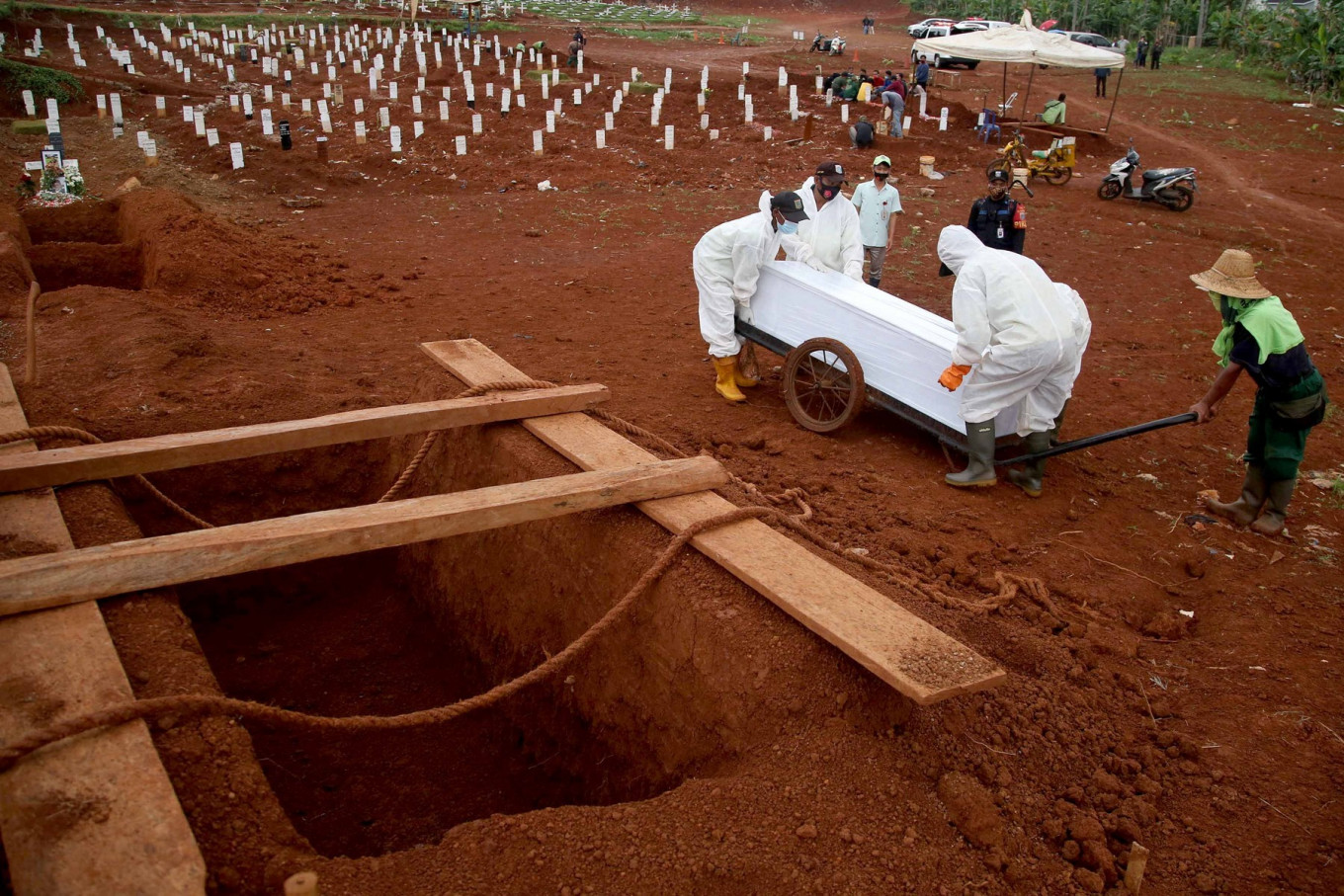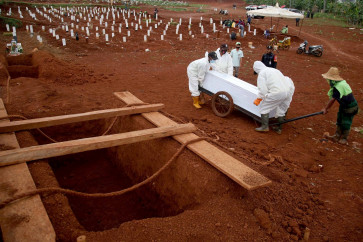Popular Reads
Top Results
Can't find what you're looking for?
View all search resultsPopular Reads
Top Results
Can't find what you're looking for?
View all search resultsYearender 2020: What went wrong with Indonesia’s virus response?
It took Indonesia less than five months since its first cases were reported on March 2 to surpass 100,000 cumulative cases in July and another four months to record five times as many cases, surpassing half a million infections in November.
Change text size
Gift Premium Articles
to Anyone
I
ndonesians are still as much in the dark as they were at the beginning of the COVID-19 outbreak. Unlike many other countries, Indonesia has yet to see the peak of its first wave, let alone a flattened curve.
It took Indonesia less than five months since its first cases were reported on March 2 to surpass 100,000 cumulative cases in July and another four months to record five times as many cases, surpassing half a million infections in November.
Deaths topped 10,000 in September, roughly six months after the first fatality was recorded on March 11. The figure doubled in less than three months by December.
Experts say that if not for policy flip-flops and disregard for science, the poor coordination between the central government and local authorities, as well as the absence of a commitment to health priorities over the economy, Indonesia would not have to come to this point.
Bureaucracy over science
Throughout January and February and although cases continued to spread outside China, Indonesian authorities constantly downplayed the threat, either attributing it to the people's immunity, the country's weather, or the notion that COVID-19 was a self-limiting disease.


















